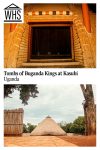Tombs of Buganda Kings at Kasubi
By Elly Tumwesiga
What are the Tombs of Buganda Kings at Kasubi?
Kasubi Royal Tombs is a burial site for four kings of the Buganda kingdom: Mutesa I (1837-1884), Mwanga II (1868-1903), Daudi Chwa II (1896-1939), and Sir Edward Mutesa II (1924-1969). The site started as a royal palace before becoming a burial ground.
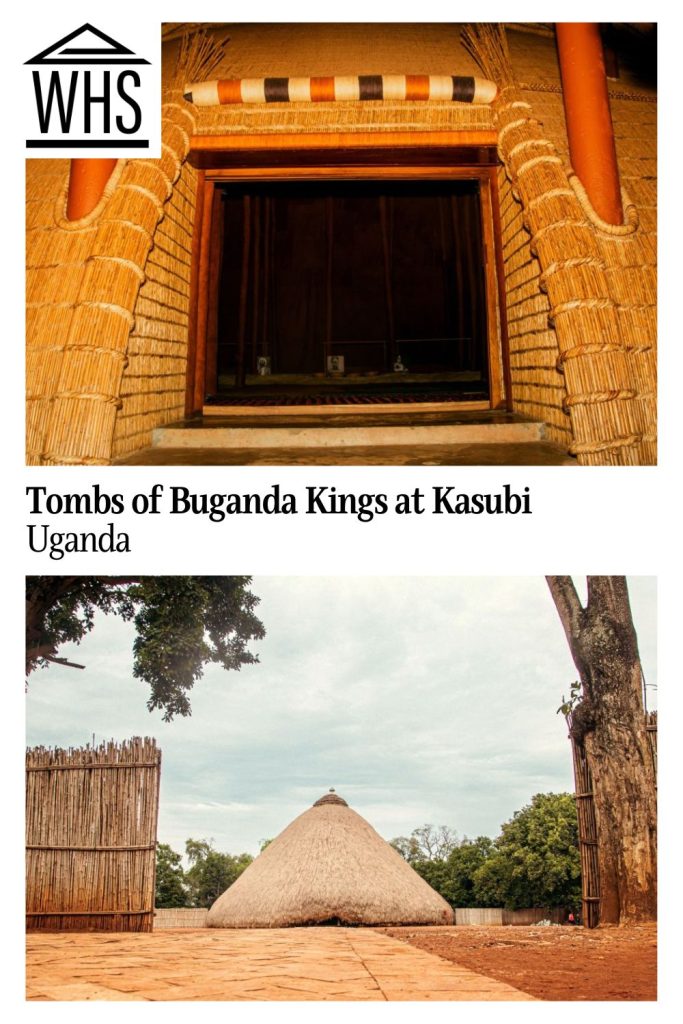
Kabaka Mutesa I, who was the 30th king of Buganda, chose Kasubi Hill and built a large circular grass-thatched hut in 1882 as his royal residence. After passing away in 1884, he was buried right there, in line with Baganda tradition of burying a king in his own palace. Later, three more kings were buried there, making it the official royal burial ground. The site covers 26.8 hectares (66 acres) and consists of several structures. The most important are the main hut (the tombs), the royal drum house and the royal guard’s house.
Disclosure: This article contains affiliate links. Making a purchase through an affiliate link will mean a small commission for this website. This will not affect your price. Privacy policy.
The main hut
The grass-thatched hut that shelters the tombs of the Buganda kings at Kasubi is known as Muzibu Azaala Mpanga, which translates as “He is dangerous – he only gives birth to males.” As such, the daughters of a king in Buganda are referred to as “Sir.”
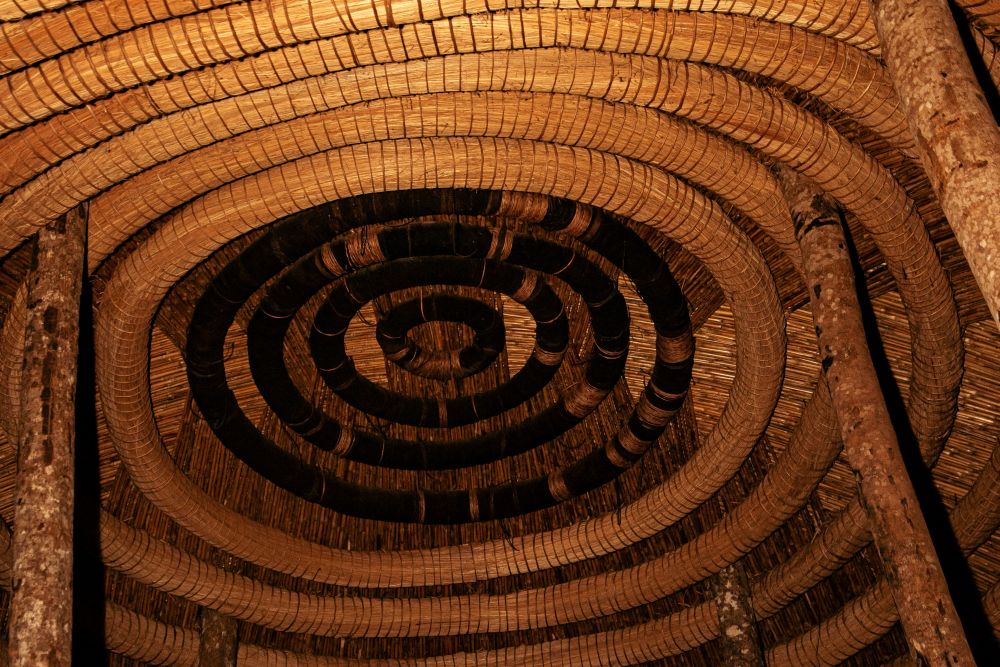
The circular dome-shaped structure is a masterpiece of Ganda architecture, built with wood, thatch and reed, among other organic materials. Fifty-two rings of reed anchor the Kasubi tomb’s roof, representing the 52 clans of Buganda. Each clan has its own totem in the form of a wild plant or animal, indicating how tangible and intangible culture in Uganda is associated with the natural world. A totem and the place where it lives are considered sacred.
The original hut and most of the ancient items that were in it, including a stuffed leopard and backcloth curtains, were destroyed by fire on 16 March 2010. The process of restoring Kasubi tombs, according to the conservation architect and project lead Jonathan E Nsubuga, took almost 14 years due to the task’s great complexity.
After the successful rebuild, UNESCO removed the Kasubi tombs from its list of world heritage sites in danger. Visitors have the opportunity to enter the newly-rebuilt hut to experience the deep cultural and spiritual traditions of Buganda and also learn the history of the king buried there.
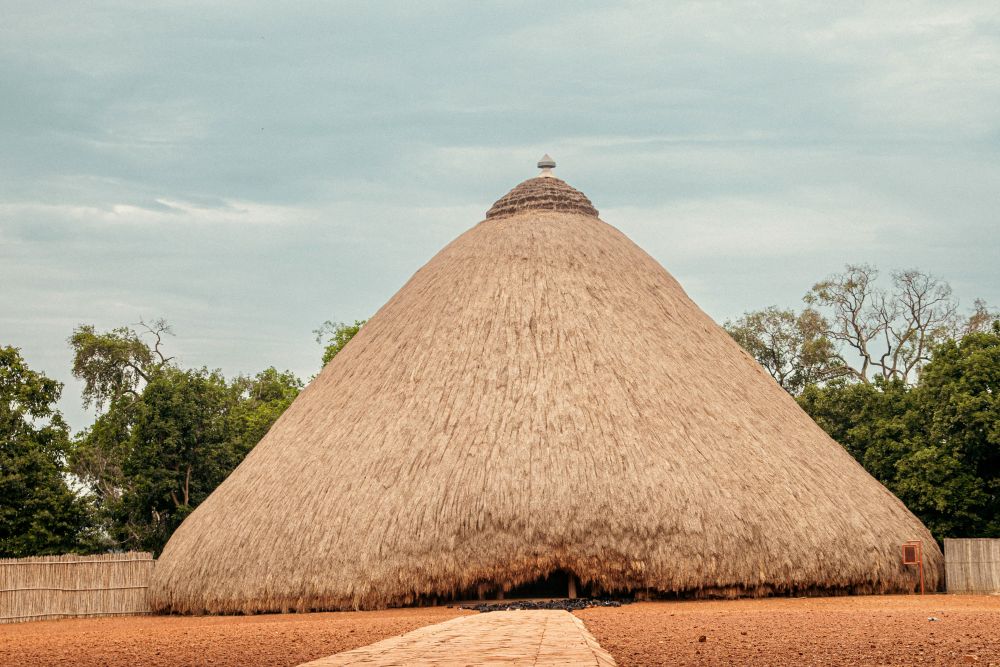
The royal drum house
Also known as the communications house, this is where about 15 traditional royal drums of Buganda are kept. The hut survived the fire and some of the drums are believed to be over 100 years old. They’re played when the Kabaka (king) is around or during special rituals and ceremonies to invoke the spirits. Only a drummer from the Pangolin clan may play them and he must remain celibate all his life. As such, women are not allowed to enter the house.
The royal guard’s house
The royal guard’s hut serves as the main entrance to the tombs. The path from there to the main hut is straight and symbolizes the permanent connection between the reigning king and his ancestors. The guards that protect the site are hereditary, selected from the Mushroom clan.
Other structures at Kasubi include the hut of the mother of the king, where the DNA of royal children is tested through traditional rituals, and the King’s favorite sister’s hut.
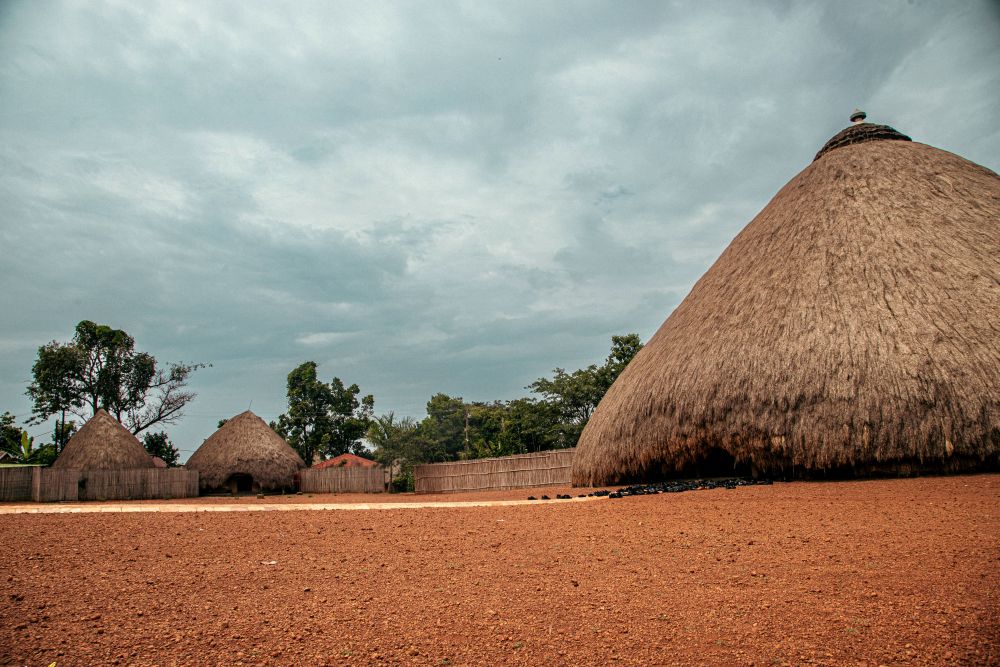
Why are the Kasubi Royal Tombs a UNESCO World Heritage site?
According to UNESCO, the Kasubi Tombs site is “a master piece of human creativity both in its conception and its execution.” It demonstrates the “living cultural traditions of the Baganda” through the architecture, which is “the best extant example of a Baganda architectural ensemble.” The main building at Kasubi is the biggest grass thatch hut in the world, making it a special location for a keen photographer.
Most importantly, the Kasubi Tombs are “charged with historical, traditional, and spiritual values” making it a “major spiritual center for the Baganda.”
What can you expect on a visit to the Tombs of Buganda Kings at Kasubi?
Kasubi Tombs is the best cultural tourism attraction in Uganda and the only UNESCO cultural heritage site in the whole country. (Uganda’s other UNESCO sites are Bwindi Impenetrable National Park and Rwenzori Mountains National Park. Both are nature reserves rather than cultural sites.)
The site offers an opportunity to learn about the rich cultural and historical heritage of the Buganda kingdom dating back to the 14th century. All the knowledge and traditions since then have been passed down from generation to generation through oral traditions and rituals. They remain actively practiced, making for an excellent example of living heritage. It is remarkable to witness such continuity of African traditional values and spirituality in the era of rapid globalization. With the help of tour guides and custodians, visitors can expect to see the Ganda architecture and traditional artifacts and to gain insight into the structure of the kingdom.
This one-day Kampala tour includes a visit to the Kasubi tombs.
This one-day tour focuses on Ganda culture and also includes a visit to the Kasubi tombs.
Are the Kasubi Royal Tombs worth visiting?
Yes, the Kasubi Tombs are worth visiting for those intending to have a cultural experience and get to know the customs, rituals, and spiritual beliefs of Baganda people. Beyond seeing the huts, the local guides share fascinating stories of past kings as you experience the living heritage firsthand.
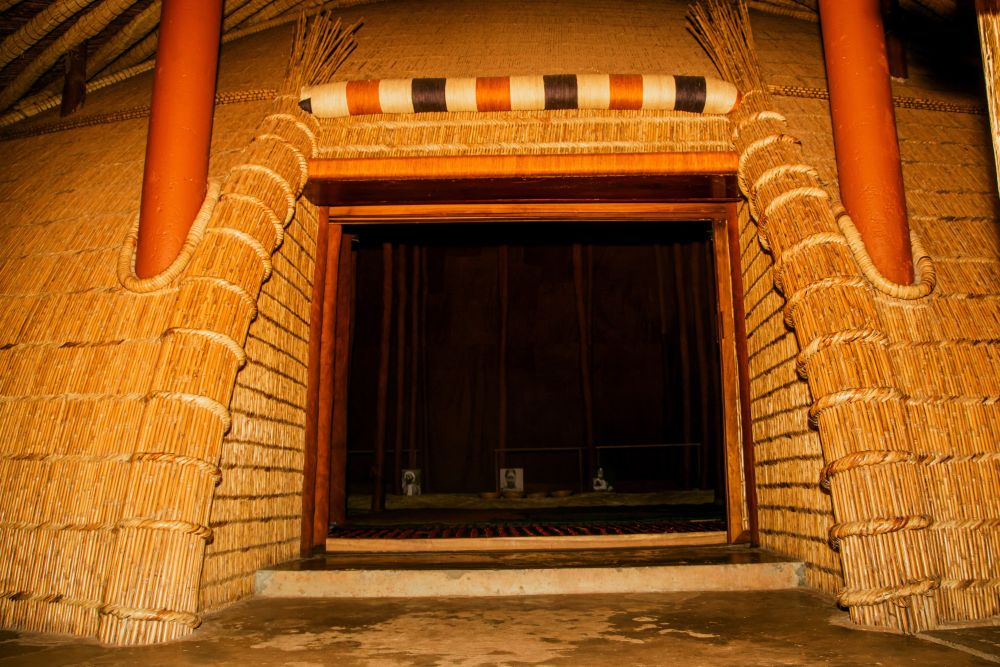
What sorts of travelers would like the Tombs of Buganda Kings at Kasubi?
Any visitors spending a night in Kampala (the capital city) or Entebbe can explore the Kasubi Tombs for a cultural experience. But for a keen photographer and documentary film maker, the place offers rich visual storytelling opportunities. Kasubi is also best for those interested in African history, cross-cultural studies, and traditional architecture. It can serve as an educational experience for school study tours, university students, educators, researchers, or anthropology/archaeology programs.
Tips for visiting the Kasubi Tombs
Before visiting Kasubi Tombs, travelers should keep in mind the important cultural customs. Appropriate dress is required. Women must wear skirts or dresses and are not allowed to enter the drum house. Public displays of affection such as hugging are inappropriate at the site. Be ready to remove your shoes when entering the main hut to show respect for the kings.
You can visit Kasubi as part of a Kampala city tour along with other attractions, including Mengo Palace and Gaddafi national mosque. There’s no specific time to go there, however. Those intending to use a car should avoid traffic peak hours between 7-10 am.
School tour hours occur in late June and early July, often creating crowds temporarily.
Book your accommodations in Kampala here.
Where are the Kasubi Royal Tombs?
Kasubi Tombs is located at Kasubi Hill, 5km (3mi) – a 40-minute drive – northwest of Kampala central along the Kampala-Hoima Road. You can reach the site by taxi from the Old and New Taxi Parks in downtown Kampala city. This might take 1 hour depending on traffic. A boda boda tour (a motorcycle taxi) is a convenient option to reach Kasubi Tombs while avoiding traffic.
For more information about Kasubi Tombs, its opening hours and admission fees, contact a registered tour operator or guide.
Have you been to Uganda and visited the Tombs of Buganda Kings at Kasubi? If so, do you have any additional information or advice about this UNESCO World Heritage site? Please add your comments below!

